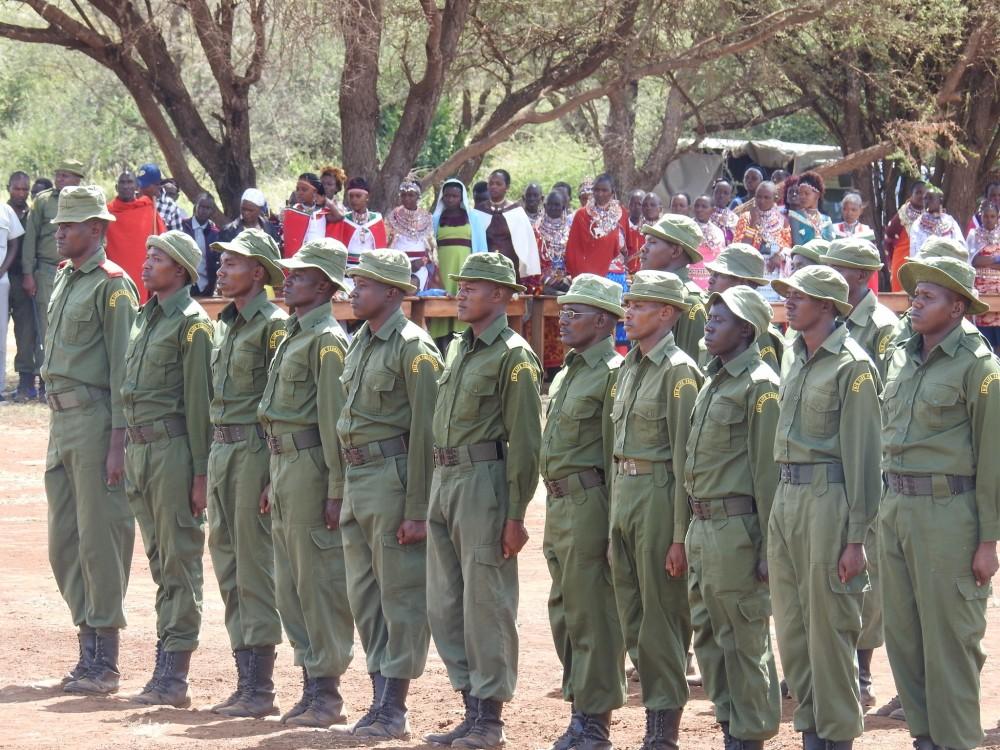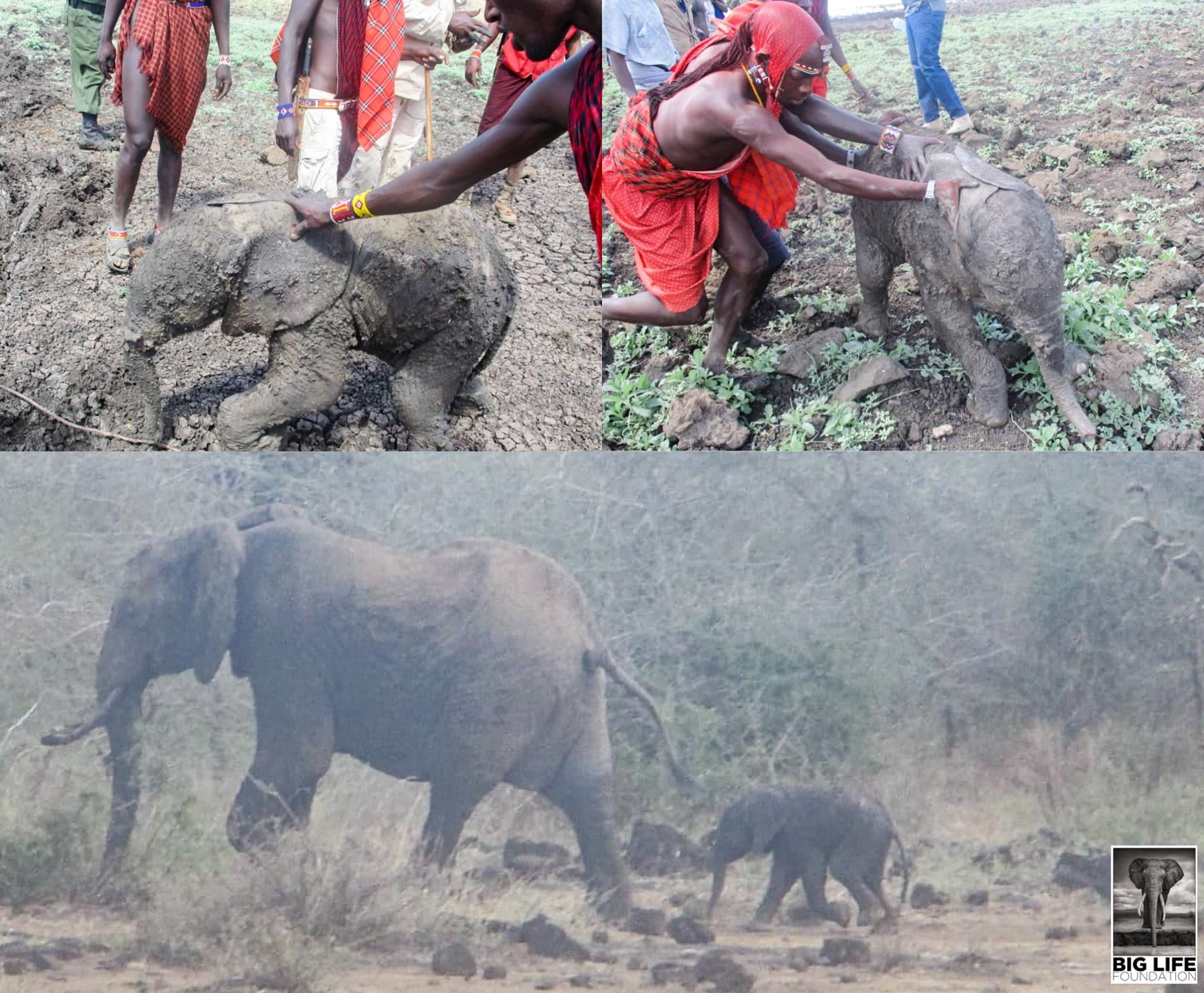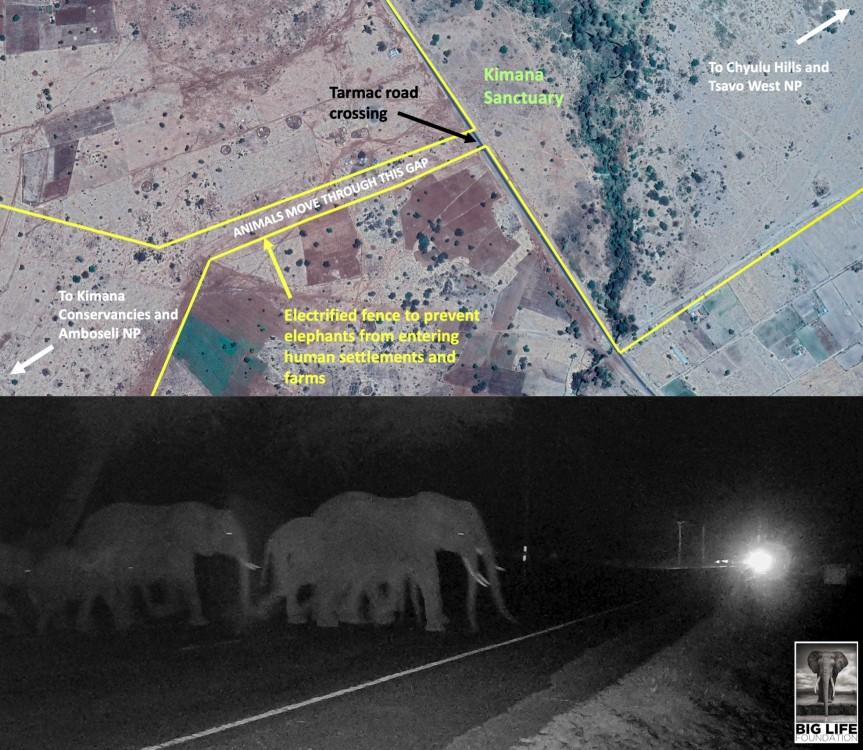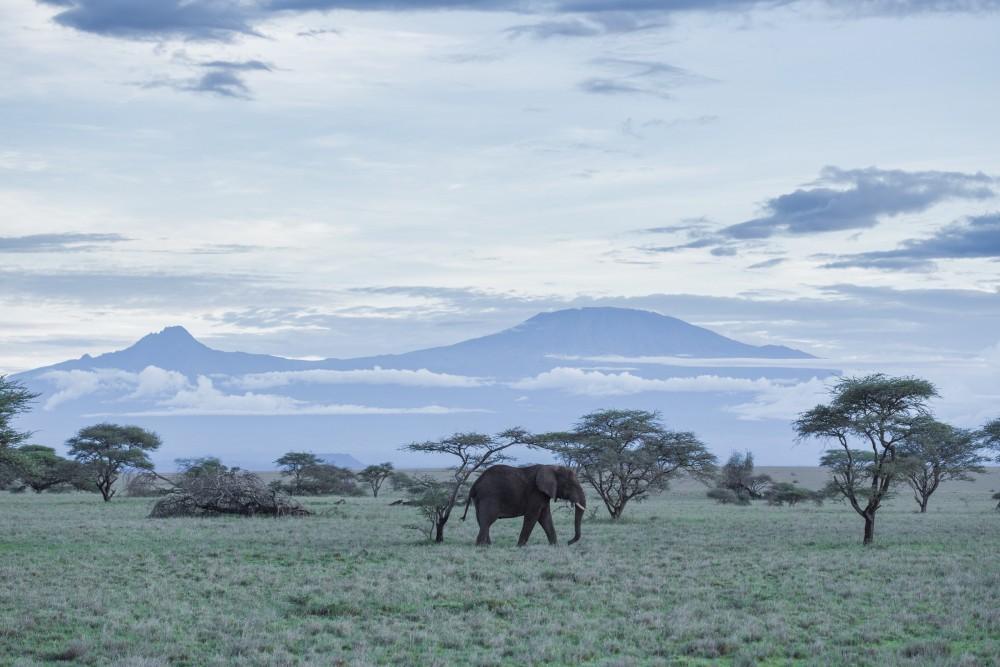Once upon a time, a ranger’s job was simple: catch the poachers. That was the case when most of Big Life’s rangers started out, and for some that was more than two decades ago. And although the goal of protecting wildlife hasn’t changed, the times certainly have.
Modern rangers need to be as comfortable reading a GPS as they are at reading tracks in the sand. They need to work with people as much as animals, mitigating human-wildlife conflicts, and working with community intelligence networks to solve crimes.
So while some of the veteran rangers have seen it all, there is always more to learn. That’s why Big Life worked with the association that represents community rangers in Amboseli (and thanks to generous support from Thin Green Line, generous private donors, and IFAW) to create the Amboseli Conservation Academy, a local training facility that provides refresher training to community rangers, intended to build on the solid and reliable foundation provided by the Kenya Wildlife Service Manyani training camp.
It’s been almost a year since construction of the Academy was completed, and since then 225 rangers have completed basic refresher training courses, including two courses for non-commissioned officers. One final 3-week course remains, following which all Big Life rangers will have undergone the first basic refresher. A series of more intensive 6-week training courses will begin thereafter.
Almost without exception, every ranger has enthusiastically embraced the opportunity to learn more, even if that meant going ‘back to school’ with the rigorous demands of boot camp. The result has been a fine-tuning of the bush experience that so many of these rangers have, and a ranger force that is ready for whatever the job can throw at them.




